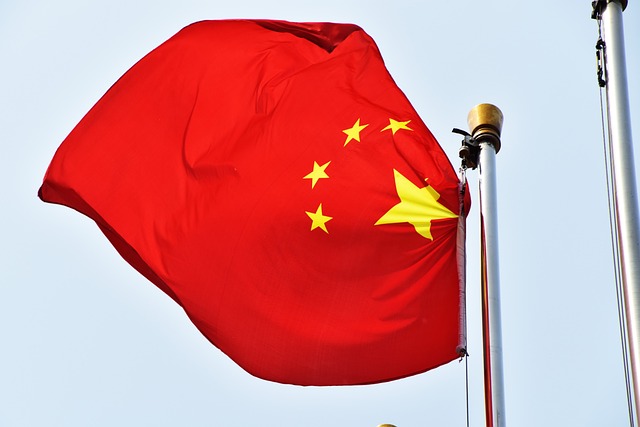Source: Business Standard
Legal Notice: The information in this article is intended for information purposes only. It is not intended for professional information purposes specific to a person or an institution. Every institution has different requirements because of its own circumstances even though they bear a resemblance to each other. Consequently, it is your interest to consult on an expert before taking a decision based on information stated in this article and putting into practice. Neither Karen Audit nor related person or institutions are not responsible for any damages or losses that might occur in consequence of the use of the information in this article by private or formal, real or legal person and institutions.
China’s May Industrial Output Misses Expectations; Property Sector Slump Persists Despite Retail Sales Boost
China’s May industrial output lagged expectations and a slowdown in the property sector showed no signs of easing, adding pressure on Beijing to shore up growth, though retail sales beat forecasts thanks to a holiday boost.
The flurry of data on Monday was largely downbeat, underscoring a bumpy recovery for the world’s second-largest economy.
May industrial output grew 5.6 per cent from a year earlier, National Bureau of Statistics (NBS) data showed, slowing from the 6.7 per cent pace in April and below expectations for a 6.0 per cent increase in a Reuters poll of analysts.
However, retail sales, a gauge of consumption, in May rose 3.7 per cent on year, accelerating from a 2.3 per cent rise in April and marking the quickest growth since February. Analysts had expected a 3.0 per cent expansion due to a five-day public holiday earlier in the month.
Zhiwei Zhang, chief economist at Pinpoint Asset Management, said the imbalance “may be partly driven by the fact that there are two more working days in April this year compared to last year, while the working days in May this year and last year are the same”.
Policy easing measures in the housing sector have not yet boosted demand from home buyers on the national level, he added.
Fixed asset investment rose 4.0 per cent in the first five months of 2024 from the same period a year earlier, versus expectations for a 4.2 per cent rise. It grew 4.2 per cent in the January to April period.
Exports helped bolster the economy, with steel and aluminium output posting sharp jumps in May.
“Exports drove industrial growth and manufacturing investment significantly, but real estate weakness still hit household consumption and investment,” said ZhaoPeng Xing, senior China strategist at ANZ.
China’s property market slump, high local government debt and deflation remain heavy drags on economic activity. The latest figures point to an uneven growth that reinforces calls for more fiscal and monetary policy support.






